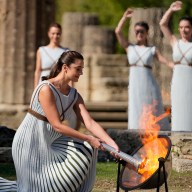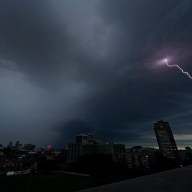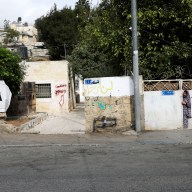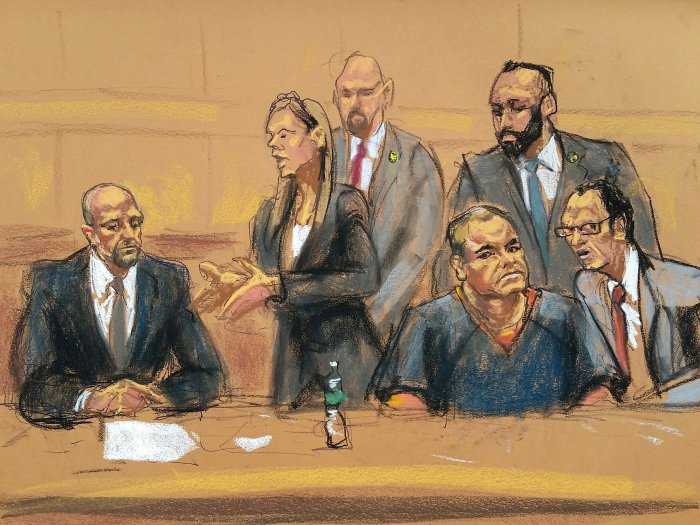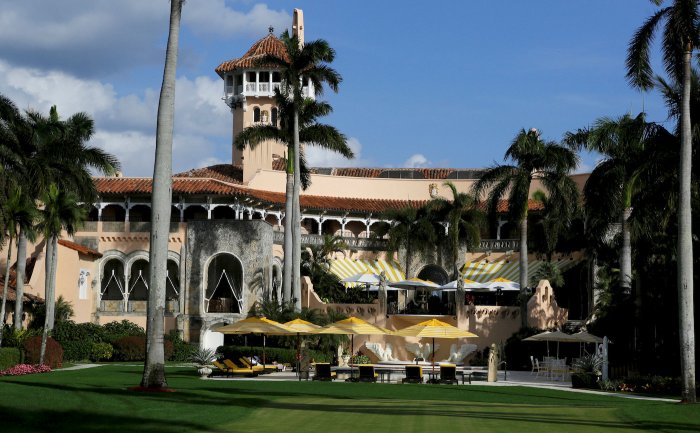By Barbara Goldberg
NEW YORK (Reuters) – A handsome brick pathway spanning the Harlem River offers two very different views: One a glittering Manhattan skyline and the other a glimpse of the gritty Bronx, the last frontier for inexpensive housing in New York City. Built on a defunct aqueduct near Yankee Stadium, the quarter-mile-long walking and bike path that connects the two boroughs is known as the High Bridge and this summer it is set to open at the cost to taxpayers of $61 million. Drawing inspiration from the success of Manhattan’s High Line, cities across the United States are converting abandoned train tracks, roads and bridges into green urban spaces.
But while they improve neglected neighborhoods and attract new visitors, such innovative projects come with a caveat – higher property values that risk pricing moderate and low-income families out of their homes. “While I applaud bringing additional green space to any city and think the High Line is quite beautiful, (some of) these parks were not designed with social justice in mind,” said Winifred Curran, who teaches urban geography at Chicago’s DePaul University. Urban park consultants HR&A Advisors say property values near so-called signature parks can soaras much as 40 percent.
The $187 million High Line, a 1.45-mile linear park built on derelict elevated train tracks on New York City’s West Side, opened in 2009. It drew 6 million visitors in 2014 alone and has transformed an area once characterized by car repair shops and meat warehouses. Funded by a mix of public and private money, the High Line added $2 billion in real estate value to the area within two years of its opening, according to its non-profit private partner, Friends of the High Line. The neighborhood is home to media mogul Barry Diller and his wife, designer Diane von Furstenberg, the park’s biggest donors. Property values in the vicinity increased 103 percent between 2003 and 2011, the New York City Economic Development Corporation found. Prices had previously been running about 8 percent below the median for Manhattan. A LINK FOR RICH AND POOR
Lessons like those are not lost on Scott Kratz, project director of Washington D.C.’s 11th Street Bridge Park, set to open in 2018.
The park atop an old highway bridge across the Anacostia River will link Washington’s predominantly black and poor Anacostia neighborhood and the economically booming area that includes the National Mall and other tourist sites. “How do we make sure – before speculation begins – that policies are in place so the rising tide lifts all boats, so that economic opportunities benefit existing residents as well as new residents?” Kratz said. Under consideration by the park’s organizers are options that include forming a community land trust that would take property out of play, and leveraging a local law to give renters who band together an edge in buying a building. “We need to be thinking about these issues now because if we don’t, by the time the market takes over, it moves so much faster than the government can respond to it,” Kratz said.
In Chicago, construction of the 606, a 2.7-mile park on a disused elevated rail line, has seen prices soar in nearby working-class neighborhoods ahead of its scheduled June opening.
The median price of a single family home in the Hermosa section in December 2014 was $325,900, up 126 percent over the previous year, according to Chicago real estate data.
Lucy Gomez-Feliciano owns a house one block from the 606 and says her Logan Square Neighborhood Association is frustrated by what is seen as the unwillingness of the city and Trust for Public Land to make affordable housing safeguards part of the project. “It’s very disheartening as a community resident and an organizer to see such a disconnect and a lack of commitment to addressing the issue of displacement,” she said.
Chicago Mayor Rahm Emanuel has set aside funds to create nearly 700 affordable housing units within about a mile of the 606, and has proposed requiring developers to include such units if they seek city help for building in that area. In the Bronx, anticipation over the High Bridge park opening is already boosting housing costs, local realtor Bakary Camara said.Two-bedroom apartments that two years ago rented for $1,000 now go for $1,600. That increase is significant in an area where the median annual household income is $27,000, according to Census figures.
The High Bridge, New York’s oldest standing bridge, was a major attraction when it was built over 160 years ago. But community activist Chauncy Young believes its rebirth will be low-key – at least for a while. “This was one of the wonders of the world in the 1840s. Ferries came up the river for it, trains stopped so people could walk across it,” Young said.
“When the bridge opens, will people flock to the neighborhood? I don’t foresee that right away,” Young said.
(Reporting by Barbara Goldberg, editing by Jill Serjeant and Gunna Dickson)




